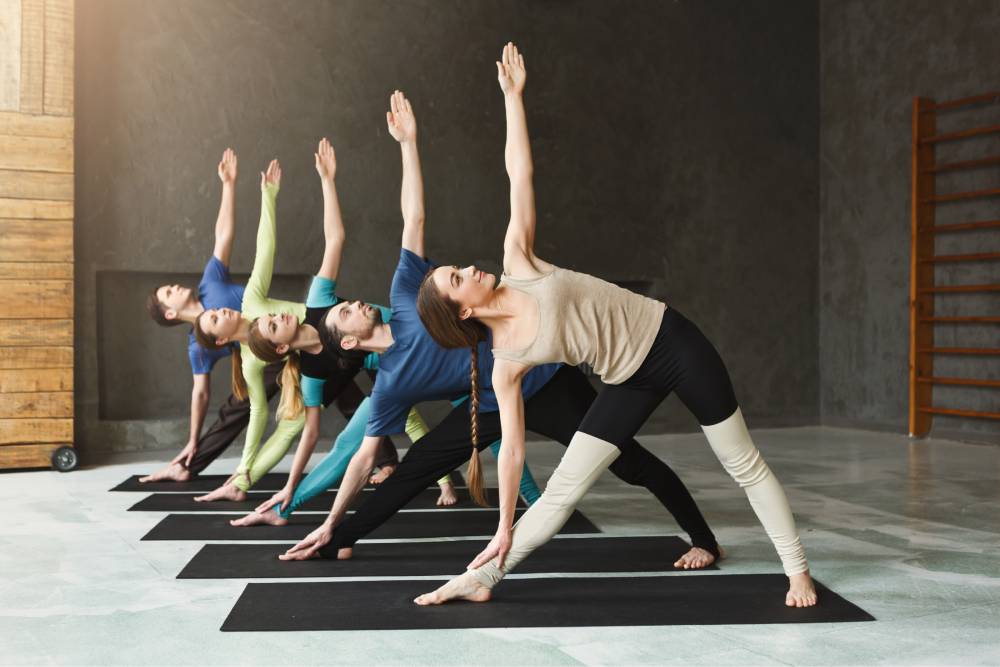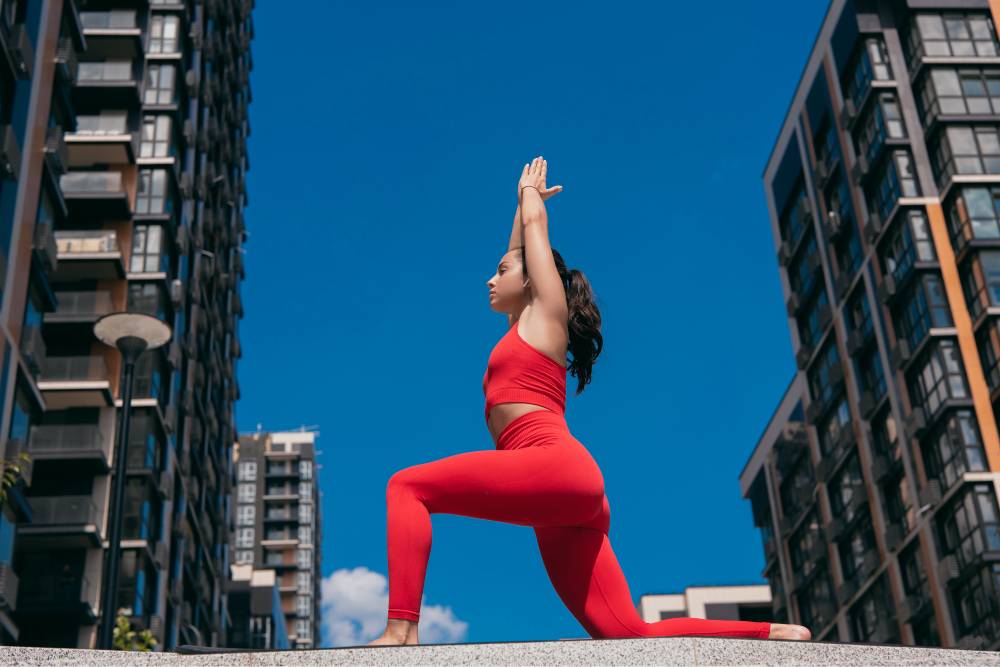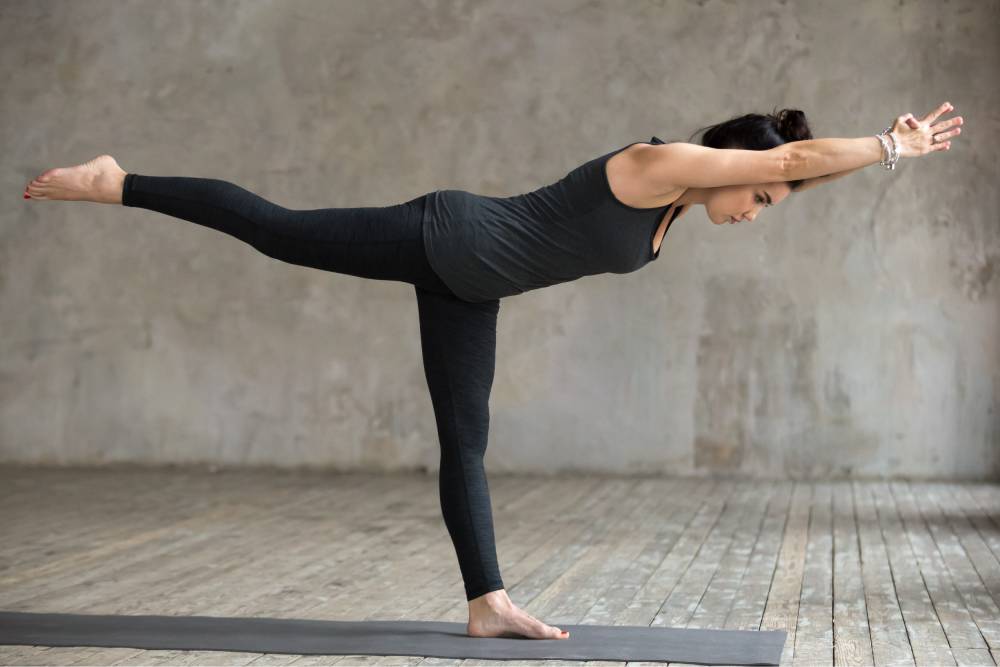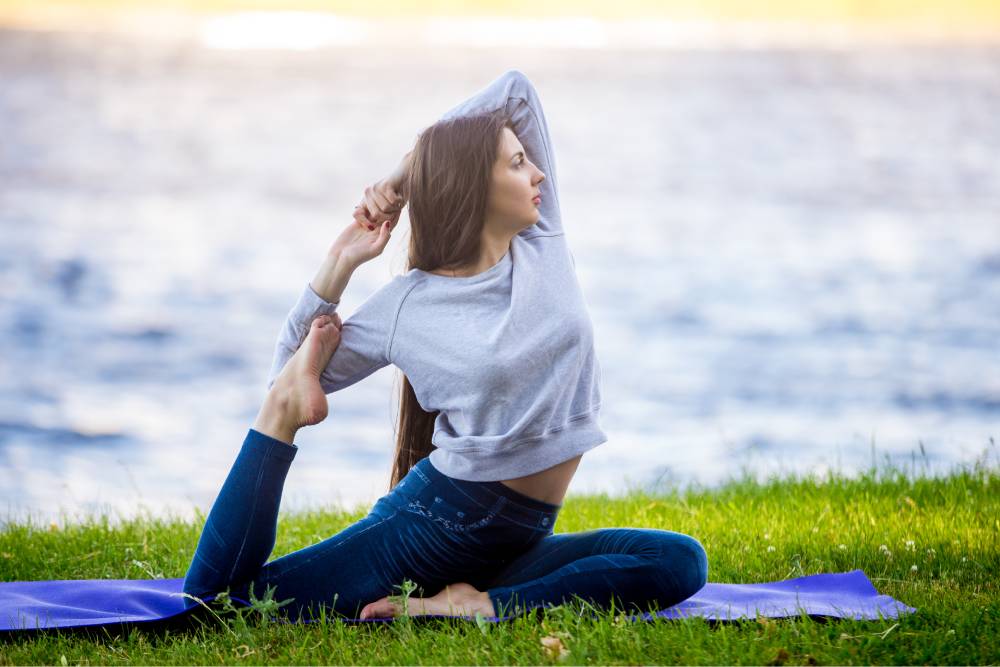Yoga is a diverse and ancient practice that offers a wide range of styles and approaches to suit different needs and preferences. Each type of yoga has its own unique characteristics, emphasizing different aspects of the practice, such as physical postures, breath control, meditation, or spiritual growth. Whether you’re a beginner or an experienced practitioner, it’s beneficial to explore the various types of yoga to find the one that resonates with you. Let’s delve into some popular styles of yoga and discover their distinguishing features.
Hatha Yoga:
Hatha yoga is one of the most traditional and widely practiced forms of yoga. It focuses on physical postures (asanas) and breath control (pranayama). Hatha classes are typically slower-paced, allowing for proper alignment and holding poses for longer durations. It’s an excellent choice for beginners to build strength, flexibility, and body awareness.
Vinyasa Yoga:
Vinyasa yoga is a dynamic and fluid style that synchronizes movement with breath. It involves flowing sequences of poses, transitioning from one pose to another seamlessly. Vinyasa classes are often characterized by their creative sequencing and variety. This style builds strength, and cardiovascular endurance, and promotes a sense of moving meditation.
Ashtanga Yoga:
Ashtanga yoga follows a structured and vigorous sequence of poses, combining breath and movement in a fast-paced practice. The basic series, known as Yoga Chikitsa, focuses on detoxification and bodily alignment. Ashtanga lessons are physically challenging and involve commitment and discipline. It’s a great option for those seeking a challenging and traditional practice.
Iyengar Yoga:
Iyengar yoga places a strong emphasis on precise alignment and the use of props, such as blocks, straps, and bolsters. It aims to cultivate strength, flexibility, and balance while maintaining stability and preventing injury. Iyengar classes often involve longer holds in poses and meticulous attention to detail, making it suitable for all levels, including those with injuries or limitations.
Bikram Yoga:
Bikram yoga, also known as hot yoga, is practiced in a heated room (usually around 105°F) with high humidity. It follows a specific sequence of 26 poses and two breathing exercises. The heat promotes detoxification, flexibility, and increased cardiovascular effort. It’s important to stay well-hydrated and listen to your body’s limits in a Bikram class.
Kundalini Yoga:
Kundalini yoga combines physical postures, breathwork, chanting, and meditation to awaken the dormant spiritual energy within. It aims to expand consciousness and connect with the divine. Kundalini classes often involve repetitive movements, dynamic breathing techniques, and mantra chanting. It’s a powerful practice for those seeking a deeper spiritual experience.
Yin Yoga:
Yin yoga is a slow-paced and introspective practice that focuses on passive stretching and long holds in seated or supine poses. It targets the deep connective tissues and fascia in the body, promoting flexibility, joint mobility, and relaxation. Yin classes often incorporate meditation and breath awareness, making them an excellent complement to more active styles of yoga.
Restorative Yoga:
Restorative yoga is a gentle and nurturing practice that uses props to support the body in fully relaxed poses. It promotes deep relaxation, stress relief, and healing. Restorative classes typically involve longer holds in poses and encourage surrendering and letting go. It’s ideal for anyone in need of deep rest and rejuvenation.
These are just a few examples of the many types of yoga available. Each style has its own unique benefits and approaches, so it’s worth exploring different classes and teachers to find what resonates with you. Remember that yoga is a personal journey, and the most important thing is to find a practice that nourishes your mind, body, and soul. So, step onto your mat, open yourself to new experiences, and enjoy the transformative power of yoga.




